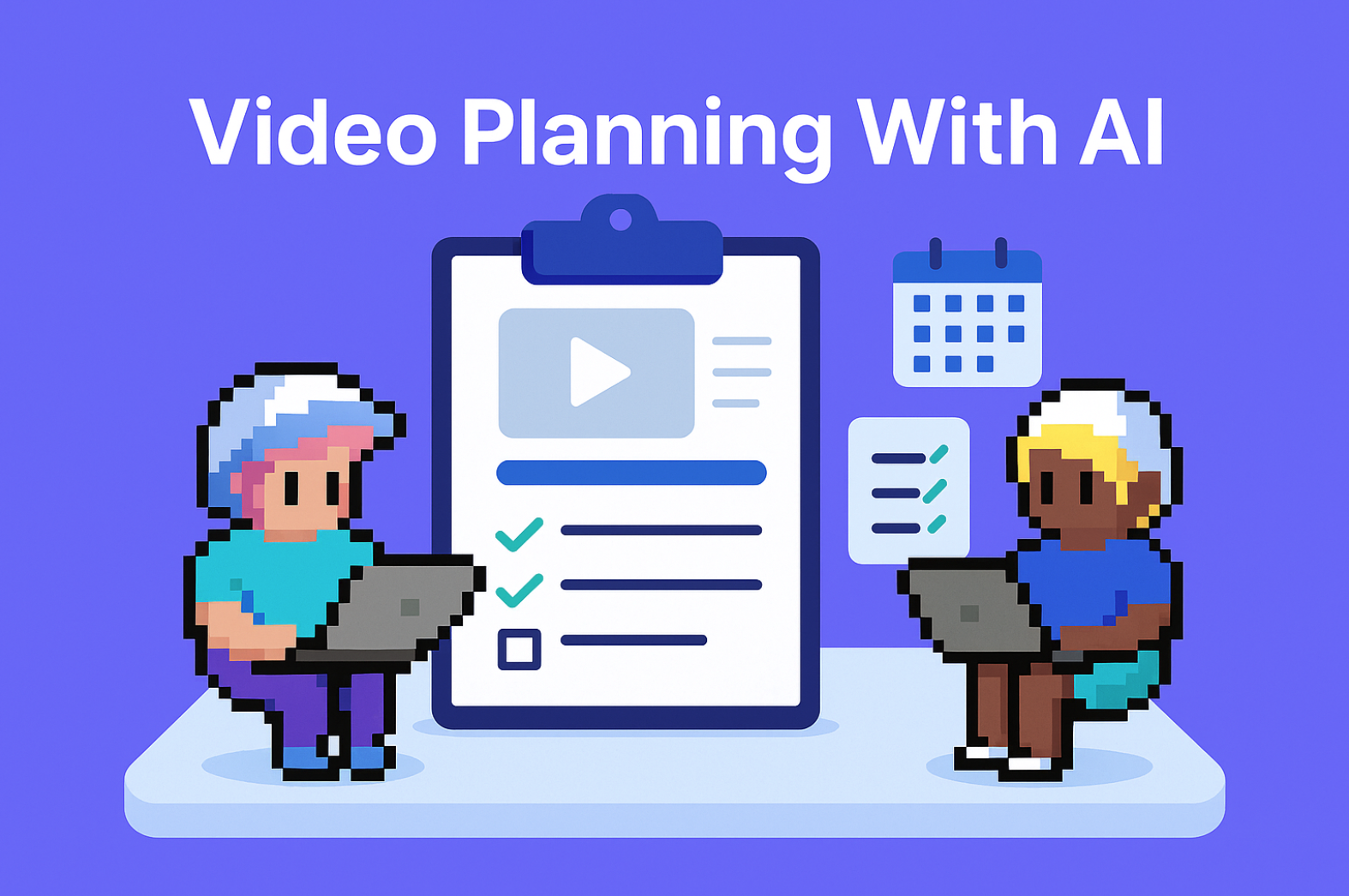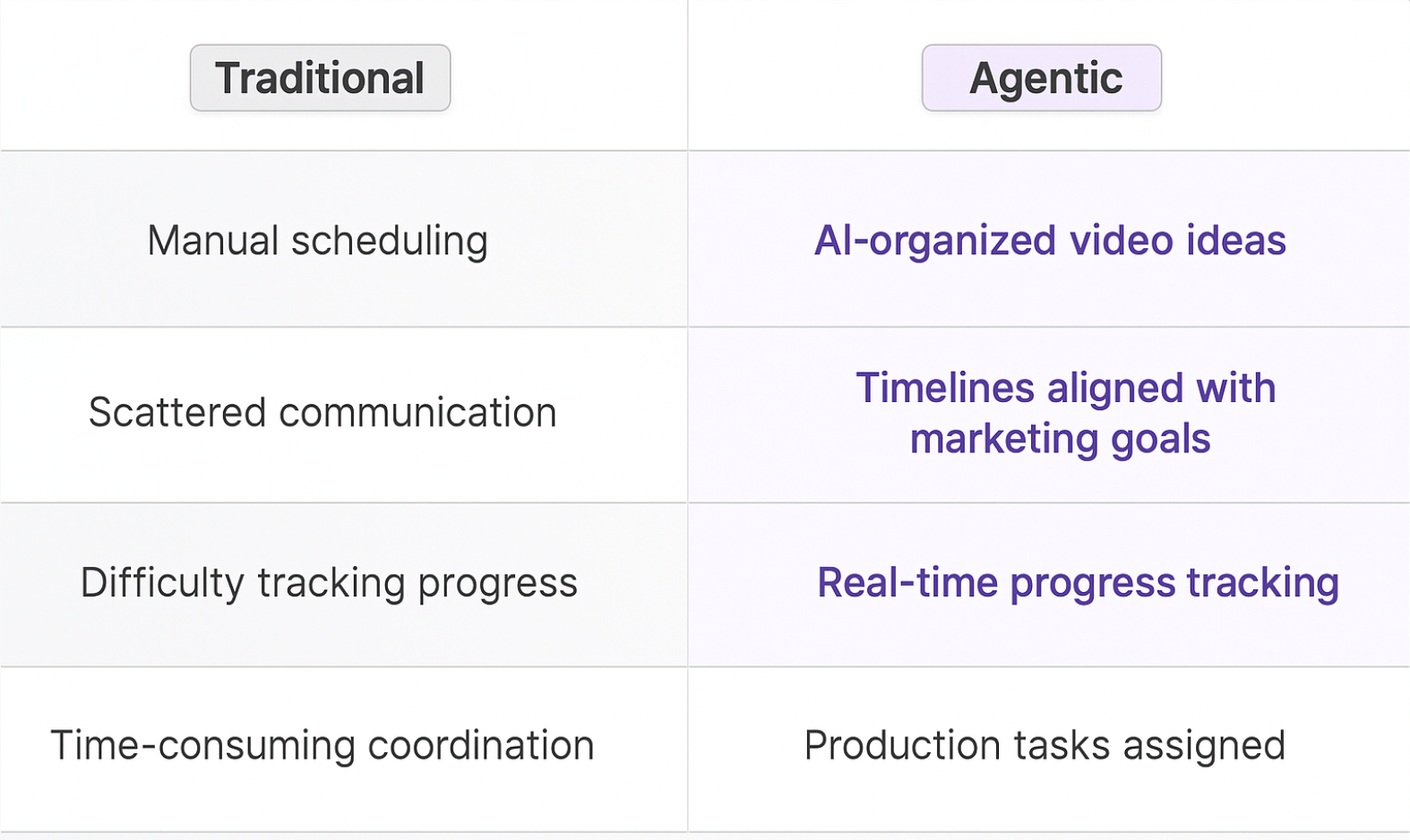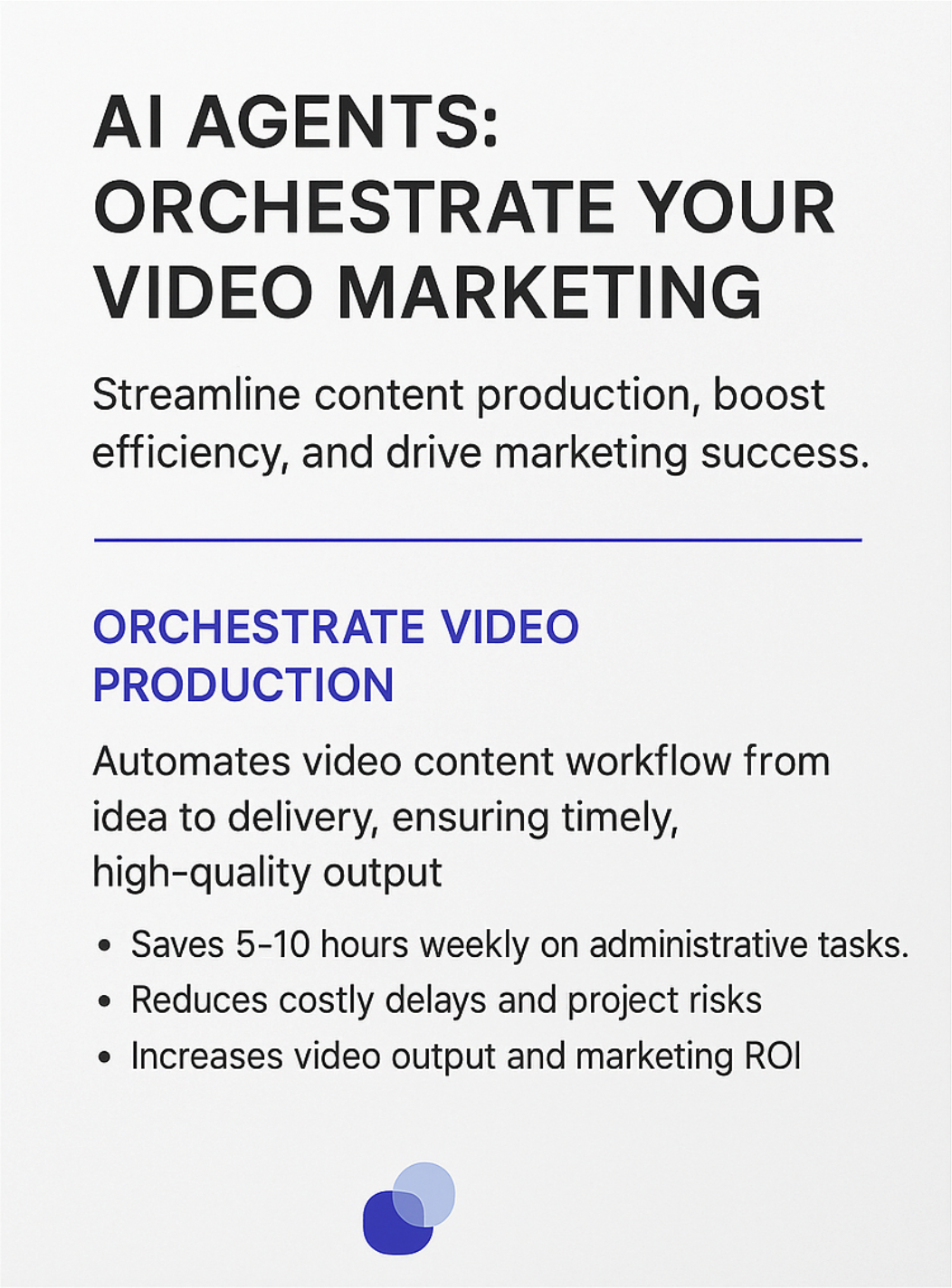
AI-powered meeting planner agents are revolutionizing how hardware systems product designers manage cross-functional team alignments, coordinate with various departments, and optimize their time. These agents automate the tedious aspects of meeting preparation and follow-up, allowing designers to focus on innovation and problem-solving. This technology streamlines workflows, reduces communication overhead, and enhances overall productivity.
Before Meeting
Your AI agent prepares technical summaries and progress reports from various departments, highlighting potential integration issues. You walk into the meeting with a clear overview of the project's status.
During Meeting
As the meeting progresses, your AI agent provides real-time project status dashboards, highlights critical path items, and suggests resource allocation adjustments. This keeps the discussion focused and productive.
After Meeting
Post-meeting, your AI agent updates the unified project timeline, assigns action items, and sends follow-up emails to ensure accountability and progress tracking.
What you’ll need
You don't need to be a developer to set up this integration. Follow this simple guide to get started:
- Meeting Notetaker Agent template
- Calendar account
- Meetings to join
- Relevance AI Account

Who this agent is for
This agent is designed for hardware systems product designers, engineering managers, project managers, and anyone involved in cross-functional team meetings for hardware development. It's ideal for individuals and teams who frequently collaborate with mechanical, electrical, software, and manufacturing departments. Whether you're a lead designer managing a complex project or a project manager coordinating multiple teams, this agent simplifies meeting logistics and ensures everyone stays aligned.
How this agent makes meeting planning easier
Automate technical summary preparation
Instead of manually compiling data from different departments, the agent automatically generates technical summaries, saving significant time and effort.
Real-time project status dashboards
The agent provides real-time project status dashboards during meetings, allowing all participants to quickly understand the current state of the project.
Identify potential conflicts and dependencies
The agent analyzes project data and identifies potential conflicts or dependencies between different departments, enabling proactive problem-solving.
Maintain a unified project timeline
The agent maintains a unified project timeline, ensuring all stakeholders have access to the latest design specifications and requirements.
Benefits of AI Agents for Hardware Systems Product Designers
What would have been used before AI Agents?
Hardware systems product designers traditionally relied on manual data collection, spreadsheet tracking, and email communication to coordinate cross-functional team meetings. This process was time-consuming, prone to errors, and often resulted in miscommunication and delays. They would spend valuable time preparing reports, tracking progress, and resolving conflicts, taking away from their core responsibilities of design and innovation.
What are the benefits of AI Agents?
AI agents offer a streamlined and automated approach to cross-functional team alignment, freeing up hardware systems product designers to focus on more strategic tasks. The most significant benefit is the time saved by automating the preparation of technical summaries and progress reports. The agent handles everything from data collection to report generation, reducing the administrative burden on the designer.
AI agents also minimize conflicts and dependencies by proactively identifying potential issues. This ensures that meetings are focused on problem-solving and that projects stay on track. Furthermore, the agent improves communication by providing real-time project status dashboards and maintaining a unified project timeline.
By integrating with existing project management tools and data sources, the agent provides a seamless and user-friendly experience. This eliminates the need for manual data entry and ensures that all information is accurate and up-to-date. Ultimately, AI agents enhance productivity, reduce stress, and allow hardware systems product designers to focus on creating innovative and high-quality products.
Traditionally, hardware systems product designers spent hours each week preparing for cross-functional team meetings. Now, AI agents automate this, freeing up time for design and innovation. Before, compiling technical summaries involved manually gathering data from different departments. With an agent, summaries are generated automatically, based on the latest project data. Identifying potential conflicts used to be a reactive process, often discovered during meetings. Now, the agent proactively identifies conflicts, enabling proactive problem-solving. Maintaining a unified project timeline was a challenge, with different departments using different tools. The agent maintains a single, up-to-date timeline, ensuring everyone is on the same page. Finally, tracking progress and assigning action items was a manual task, prone to errors. The agent automates this, ensuring accountability and follow-through.

Tasks that can be completed by a Meeting Planner Agent
Hardware systems product designers juggle numerous tasks, from designing complex systems to managing cross-functional teams and ensuring manufacturability. A meeting planner agent can handle many of the administrative tasks associated with coordinating cross-functional team meetings, allowing designers to focus on their core responsibilities.
Preparing Technical Summaries
The agent automatically generates technical summaries from various departments, including mechanical, electrical, software, and manufacturing.
Creating Project Status Dashboards
The agent creates real-time project status dashboards that provide a clear overview of the project's progress.
Identifying Potential Conflicts and Dependencies
The agent analyzes project data and identifies potential conflicts or dependencies between different departments.
Maintaining a Unified Project Timeline
The agent maintains a unified project timeline, ensuring all stakeholders have access to the latest design specifications and requirements.
Tracking Action Items and Assigning Responsibilities
The agent tracks action items from meetings and assigns responsibilities to team members.
Generating Risk Assessment Reports
The agent generates risk assessment reports based on project data and potential conflicts.
Suggesting Resource Allocation Adjustments
The agent suggests resource allocation adjustments based on project needs and priorities.
Facilitating Communication and Collaboration
The agent facilitates communication and collaboration between different departments by providing a central platform for sharing information and updates.

Things to Keep in Mind When Building a Meeting Planner Agent
Building an effective meeting planner agent requires careful planning and attention to detail. The goal is to create an agent that seamlessly integrates with your existing workflows and provides a user-friendly experience for all participants.
Define Clear Objectives
Before you start building your agent, define clear objectives for what you want it to achieve. Do you want to reduce meeting preparation time, minimize conflicts, improve communication, or all of the above? Having clear objectives will help you prioritize features and measure success.
Integrate with Existing Project Management Tools
Ensure that your agent integrates seamlessly with popular project management tools like Jira, Asana, and Trello. This will make it easier for users to adopt the agent and incorporate it into their daily routines.
Prioritize User Experience
Make sure that the agent is easy to use and intuitive. The interface should be clean and uncluttered, and the meeting planning process should be straightforward and efficient.
Automate Data Collection and Report Generation
Configure the agent to automatically collect data from different departments and generate technical summaries and progress reports.
Provide Customizable Settings
Allow users to customize the agent's settings to match their preferences. This might include setting preferred meeting times, specifying notification preferences, and choosing which data sources to integrate with.
Test Thoroughly
Before you roll out the agent to your entire team, test it thoroughly to ensure that it is working correctly and that it meets your objectives. Gather feedback from users and make any necessary adjustments.
Continuously Improve
Once your agent is live, continue to monitor its performance and gather feedback from users. Use this information to identify areas for improvement and make ongoing enhancements.
The Future of AI Agents in Meeting Planning
The future of AI agents in meeting planning is bright, with advancements in natural language processing, machine learning, and artificial intelligence promising to further streamline and enhance the meeting process. Future agents will be able to understand complex meeting requests, anticipate potential conflicts, and proactively suggest solutions.
AI agents will also become more personalized, learning individual preferences and tailoring their recommendations accordingly. They will be able to identify preferred meeting times, communication styles, and even preferred meeting formats, creating a more seamless and user-friendly experience.
Furthermore, AI agents will play a larger role in facilitating collaboration and communication during meetings. They will be able to transcribe meeting minutes, track action items, and even provide real-time translation services, making meetings more productive and inclusive.
AI agents will also integrate with other business applications, such as CRM systems and supply chain management tools, providing a holistic view of meeting-related activities and enabling better decision-making.
Ultimately, the future of AI agents in meeting planning is about creating intelligent systems that not only automate the meeting process but also enhance collaboration, improve communication, and drive better business outcomes.








